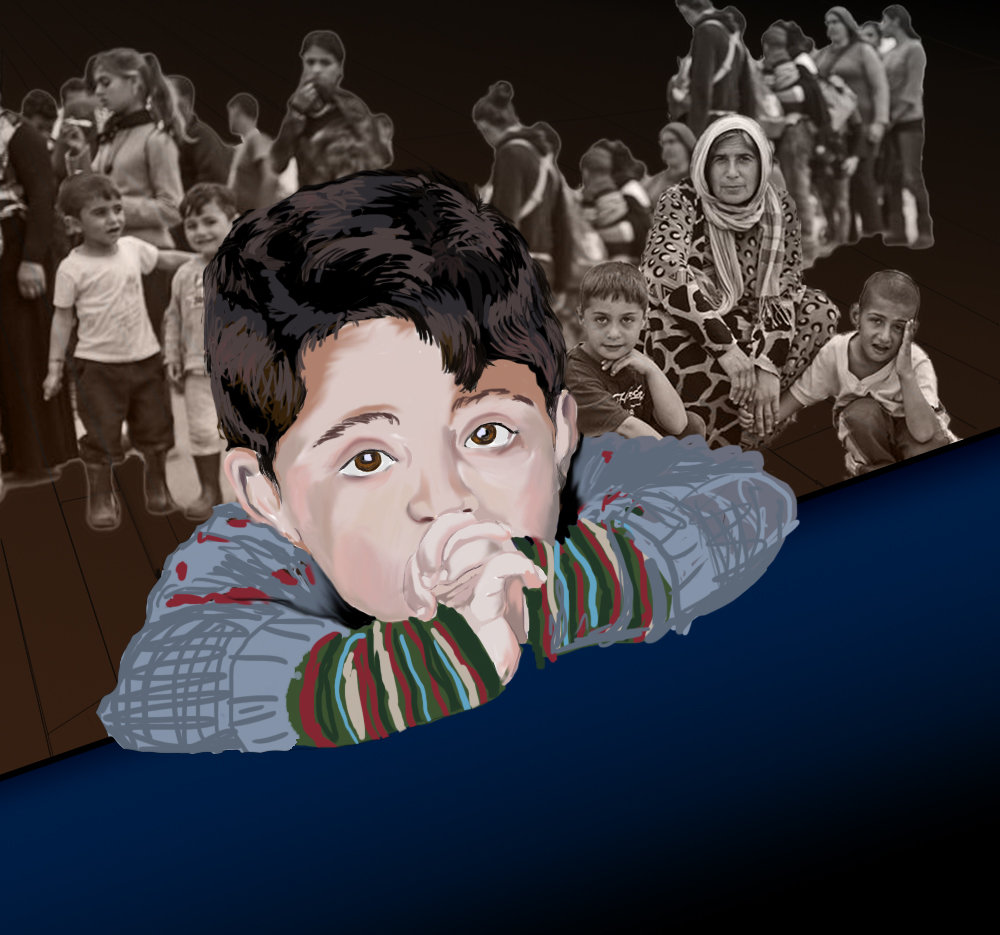Polish point of view about Immigration
Immigration in Europe
There are more and more refugees and immigrants in Europe. The number has reached one million recently. Is it still going to increase? Do Europeans want to host such big numbers of people? Is it possible that the refugees will assimilate with locals? Are they all trying to escape from war? What is the attitude of the European societies, in particular the Italian and the Polish ones, to the newcomers? How are the governments going to deal with this problem?
Before 2015 there hadn't been many refugees or immigrants in Poland. Over the last two decades some groups from Georgia, Ukraine, Chechnya, Moldova and Belarus came to Poland in search of work and better incomes. But they were not big. Over 250 thousand of Ukrainians arrive in Poland every year to work mostly on Polish plantations and in small enterprises. At the moment Poland is a homogeneous society. But in the past it wasn't. According to historian Norman Davies the Polish census of 1931 listed the nationalities by language as Polish, 69% of the population, Ukrainian - 15%, Jews - 8.5%, Belarusian - 4.70% and German - 2.2%.
Polish Government stance on the refugee situation
At first, Polish previous government agreed to accept about 14 000 immigrants, but later on after elections in autumn last year our new government refused to take in any refugees, along with the Czech Republic, Slovenia, Hungary and Romania. Then, under political pressure from the European Union and other countries, Polish government Prime Minister, Beata Szydło, agreed to provide housing and financial help to around 5 thousand immigrants. At a later date that number was increased by a thousand and was limited to 6 thousand in total. Legally relocated refugees are supposed to come in groups of 100 people, however none of them has been actually relocated yet. Even with the decision made, no official statement has been published by the government. Recently however, Polish president Andrzej Duda stated that Poland isn’t closing the borders for anyone looking for help and a peaceful place to stay. Even with a good system ready to take refugees in, it’s still causing a lot of problems. Fake documents and IDs are only a small fraction of many issues. While only people escaping from wars in their countries are treated as refugees, there are also lots of immigrants looking for better pay and better life.

Imigration in Italy
For almost one century (1860-1950) millions of Italians emigrated to Germany, Belgium, France, Switzerland and to North and South America, to escape from poverty and have better lives.
More than 24 million departures were recorded in this period. Since 1980, the situation has completely changed and Italy has become an immigration destination, with 3 million arrivals who mainly came from countries in Africa and Asia, like Nigeria, Senegal, Bangladesh, Sri Lanka and China.
On 8 February 2000 a decree of the President of the republic was issued, which set the maximum number of foreign people in Italy: 63,000. In July of that year the 80% of that quota had already been reached so 20,000 were added, only for seasonal jobs. The boom started in 2000. The immigrants of that year came from Albania,Bosnia,Greece,Croatia and Slovenia. According to the census of last year they amount to 5 millions: 3 millions from Eastern Europe, 700 thousand from Magreb, 300 thousand from Africa, 1 million from Asia and 200 thousand from Latin America. In addition, there are a lot of illegal immigrants.
Italian class